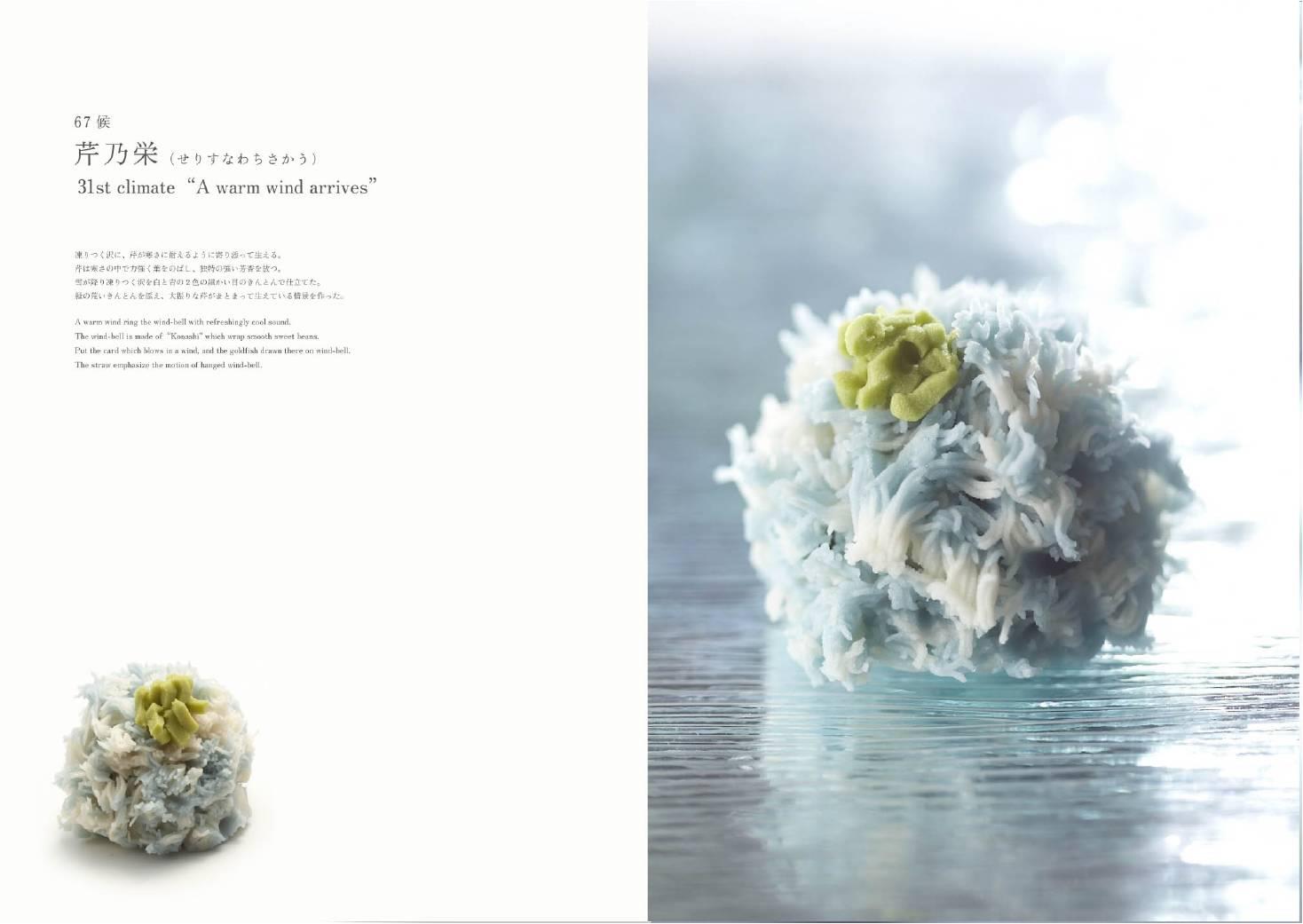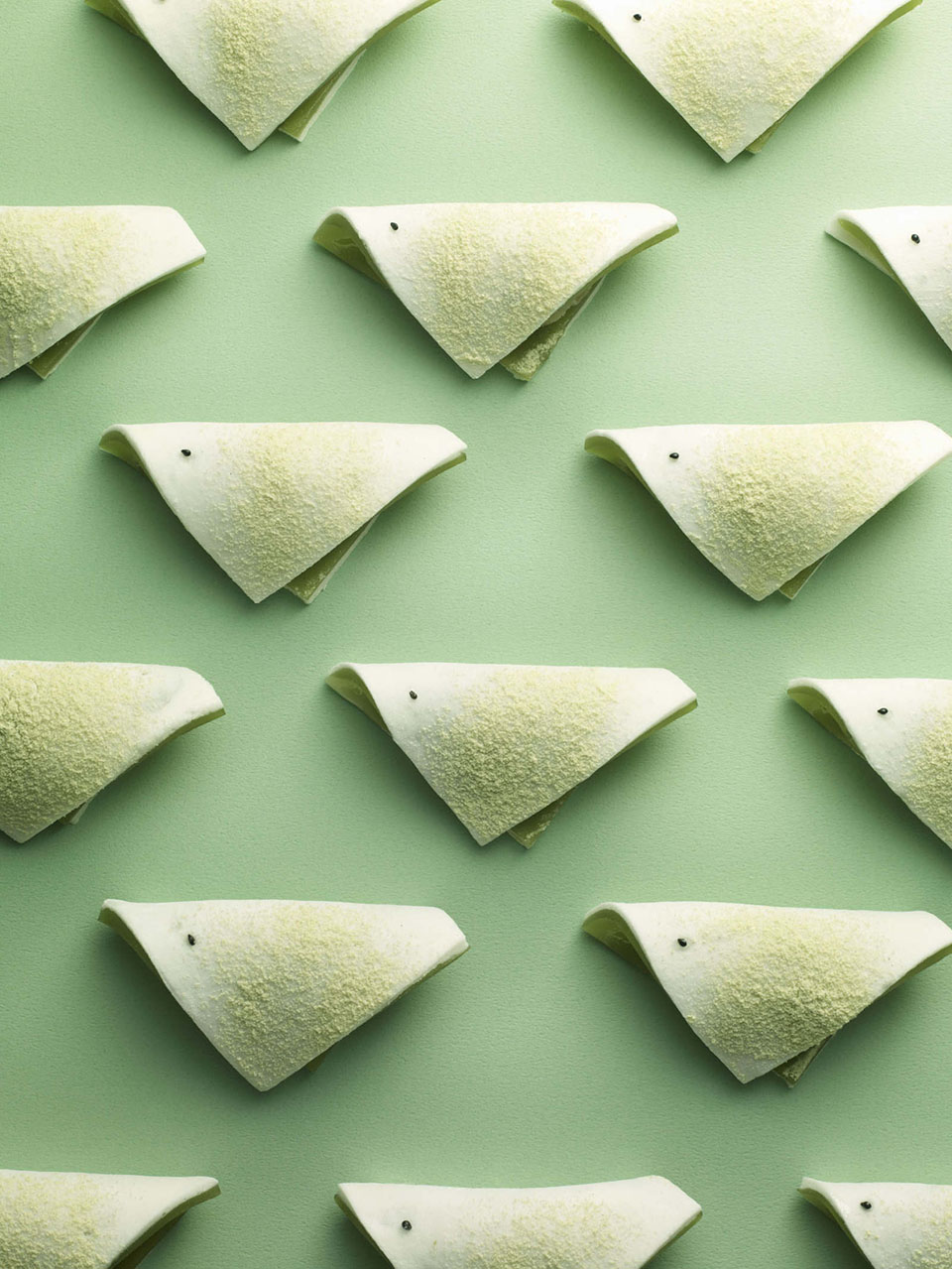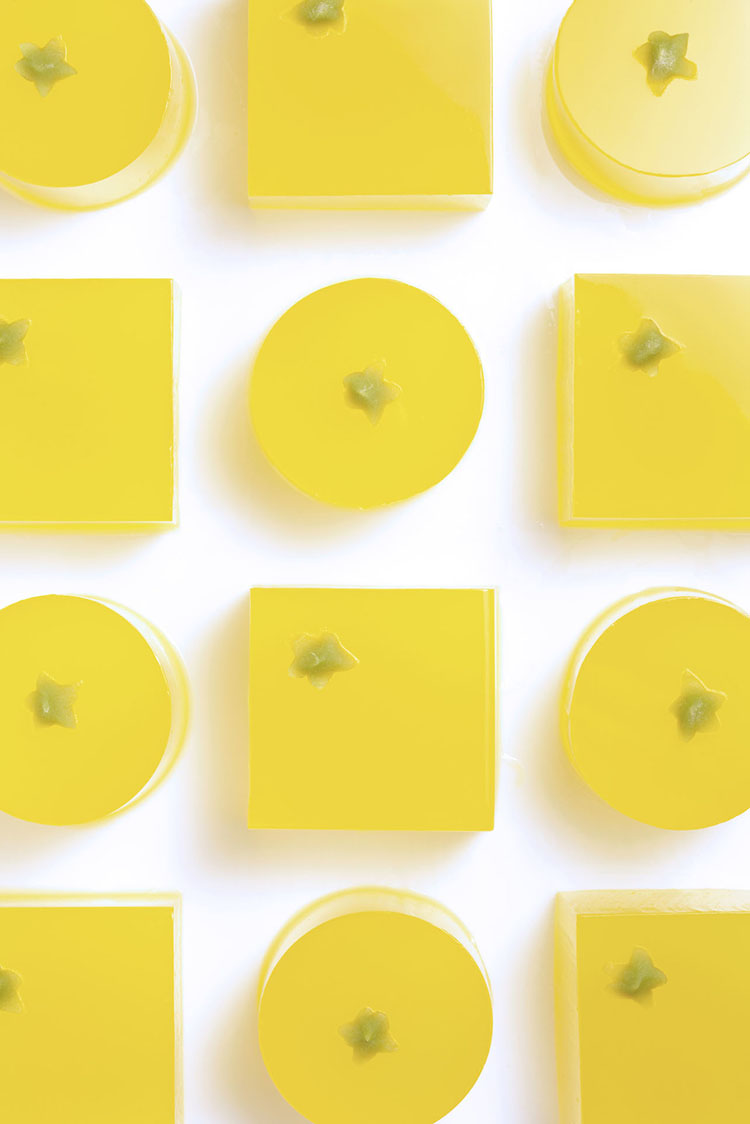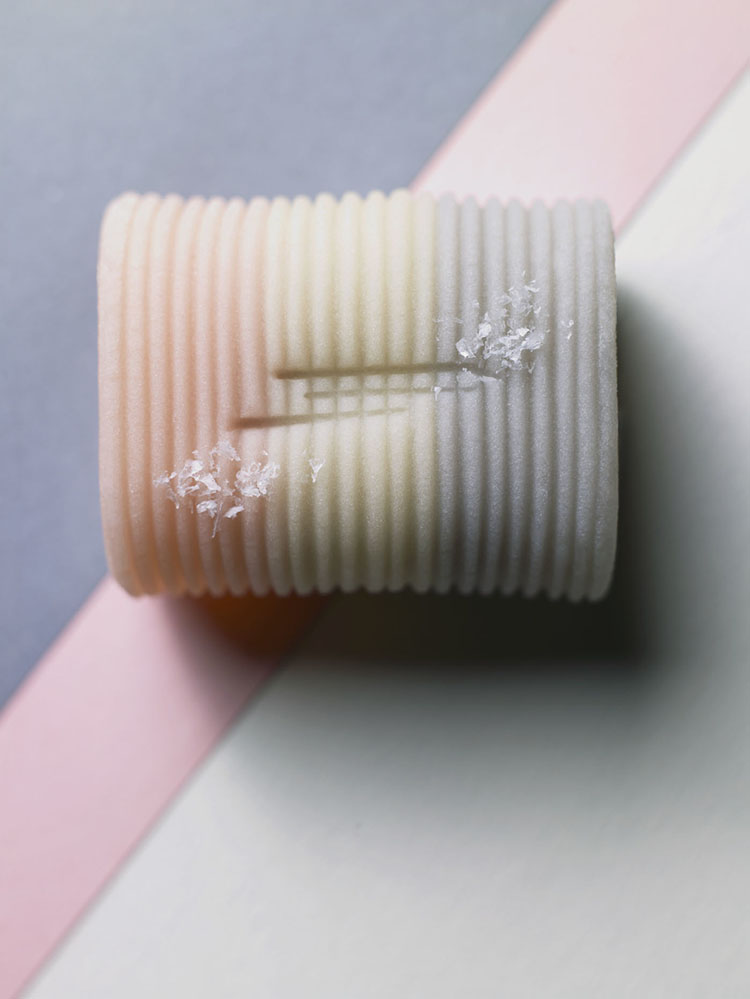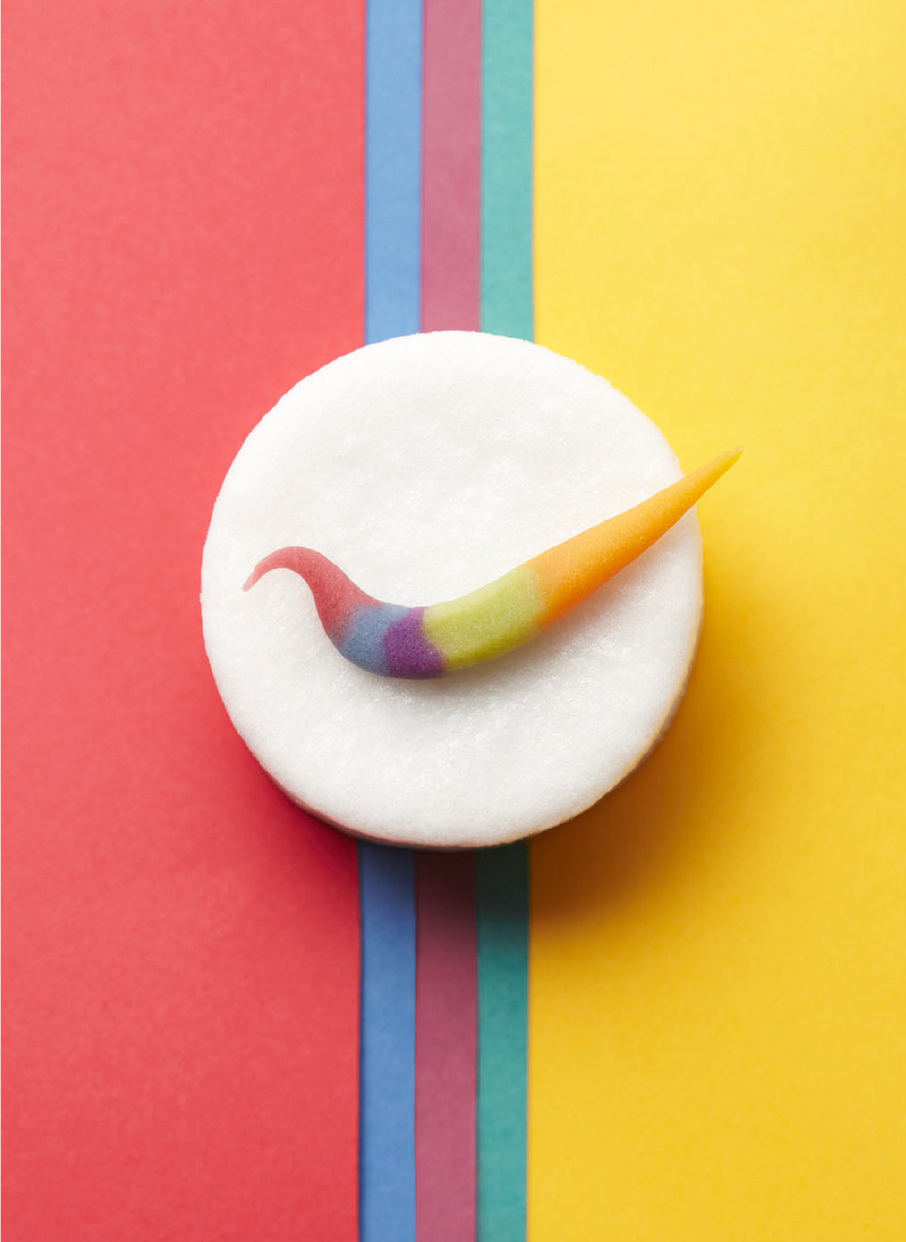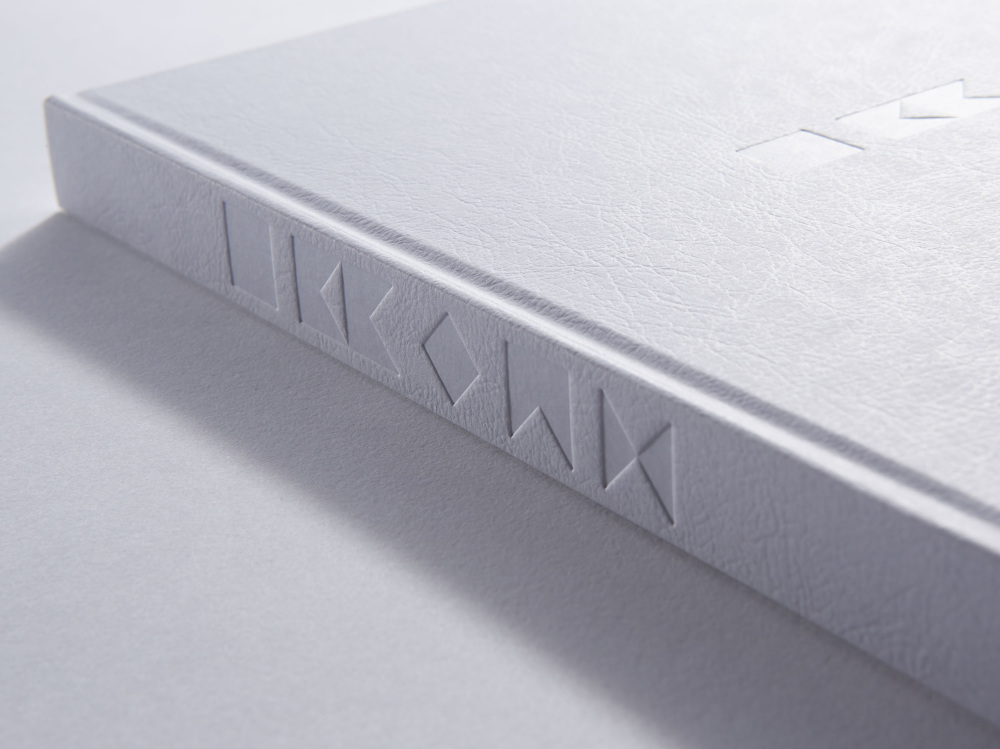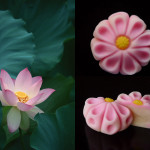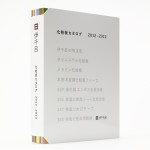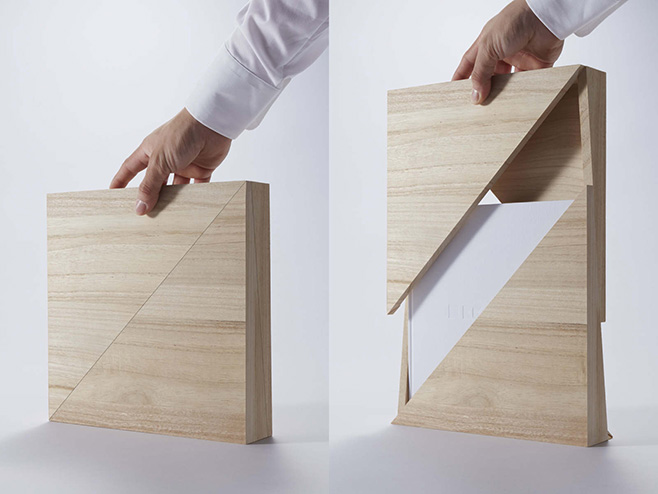
Utilizing an architectural approach to design a photobook that portrays the seasons depicted in the world of wagashi
Japanese patissier Chikara Mizukami dedicates this gorgeous book to the art of traditional sweet cakes called wagashi. Wagashi is an art form that evolved from the ancient imperial capital of Kyoto. Today, these delightful morsels continue to accompany Japanese tea ceremonies. Wagashi’s delicate fragrance and appearance accentuates the flavor of ceremonial tea. As Mizukami explains, “Tea is the main star while the confectionary plays the supporting role.”
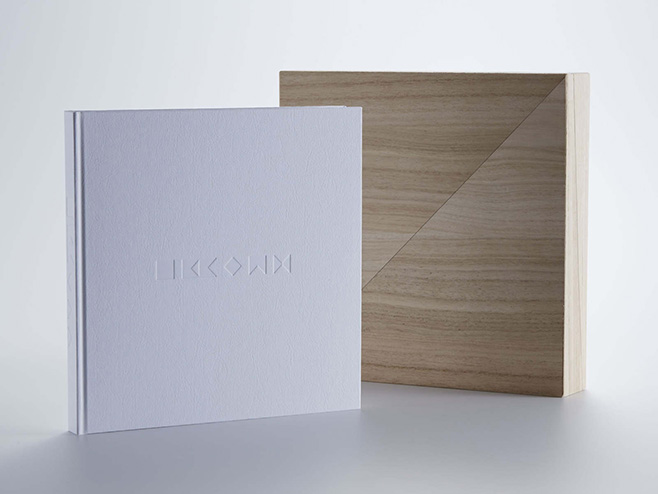
This hard-cover book is filled with 199 pages of gorgeous photographs.
Led by creative director Ryusuke Nanki, a team of designers that included art director Kazunori Kawagoshi, photograper Makoto Horiuchi and production director Yuta Sato were responsible for bringing this stunning book to life.
The process started with trying to come up of a way to reproduce the unique texture of Mizukami’s wagashi onto the pages. Everything from the delicate paper to the embossed logo on the cover is meant to accentuate the uniqueness of wagashi. Even the original case for the book was made from paulownia, the same wood used for traditional wagashi gift boxes. Although the first edition of 1000 copies have sold out the team is planning on releasing a 2nd edition that would be sold online.
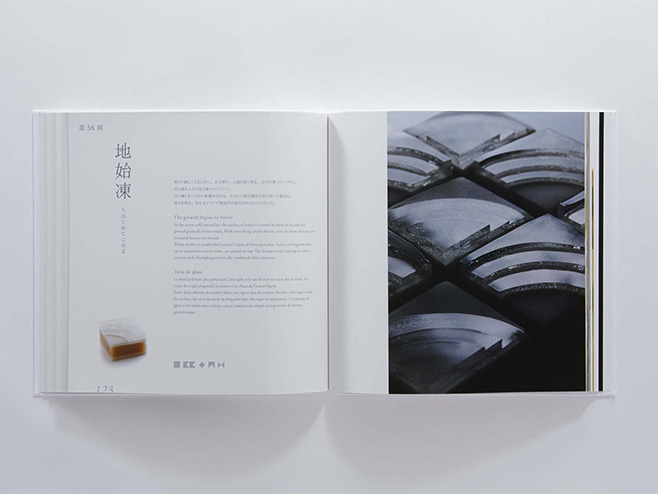
Each wagashi is paired with a poetic description translated into Japanese, English, and French on the adjacent page. This particular confection is designed to mimic the way the ground looks as it begin to freeze over.
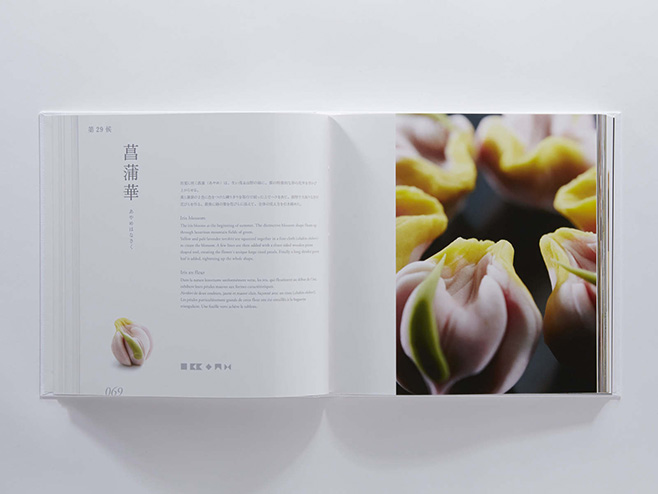
This floral wagashi is sculpted to imitate the form of the iris blossom, which flowers at the beginning of summer.
Small enough to fit in a palm, wagashi are molded into shapes like flowers, fruits or birds and mainly comprise of anko (red azuki bean paste) and glutinous rice flour. Depending on the season, they are garnished with toppings including pickled cherry leaves, chestnuts, arrowroot jelly, bamboo leaves, and oak tree leaves.
These sugar confectionaries are evocative of the changing seasons and landscapes of Japan. In this book, Mizukami creates 72 unique wagashi modeled after Japan’s numerous micro seasons. Crafted with paulownia wood, this architectural book cover creates ” the feel of serene Japanese architecture carrying a beautiful garden inside it.”
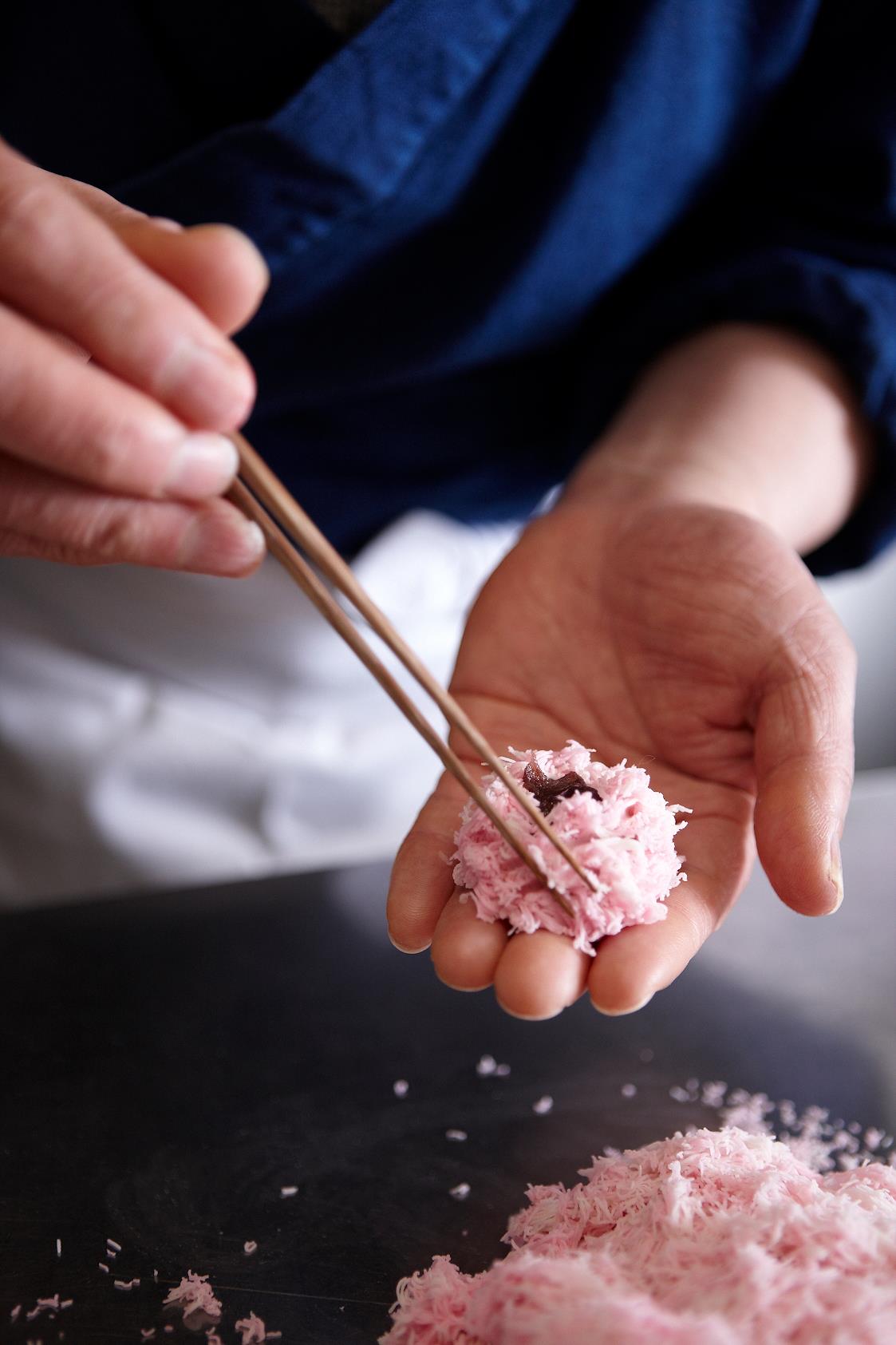
photo by Makoto Horiuchi
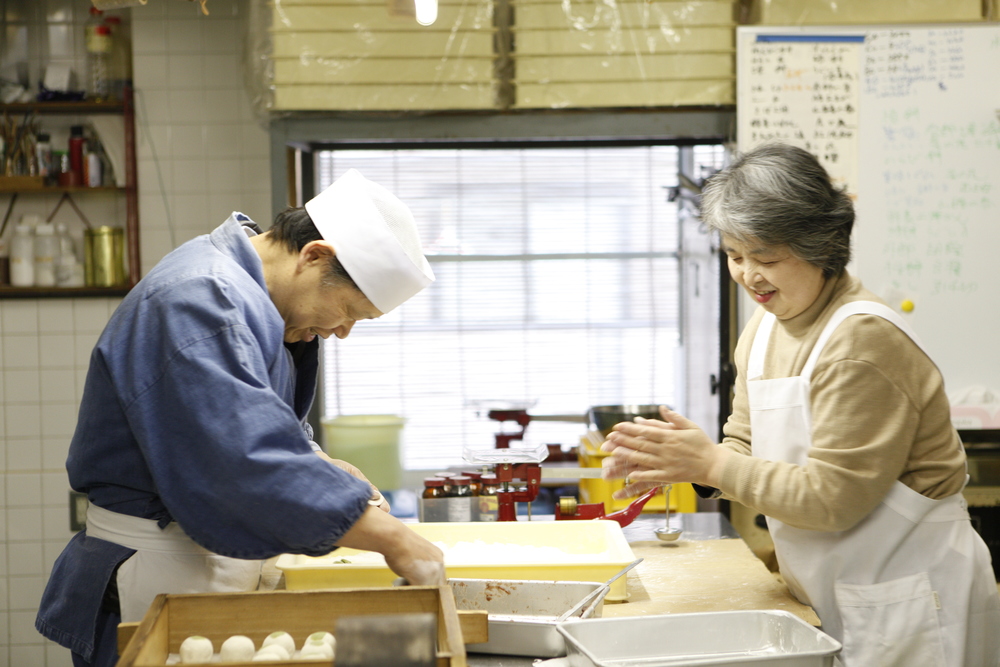
Mizukami opened his wagashi practice in 1977 with his shop called Ikkôan. A celebrated master artist, he has been nominated by Where Chefs Eat as one of the top five best chefs in the world.
